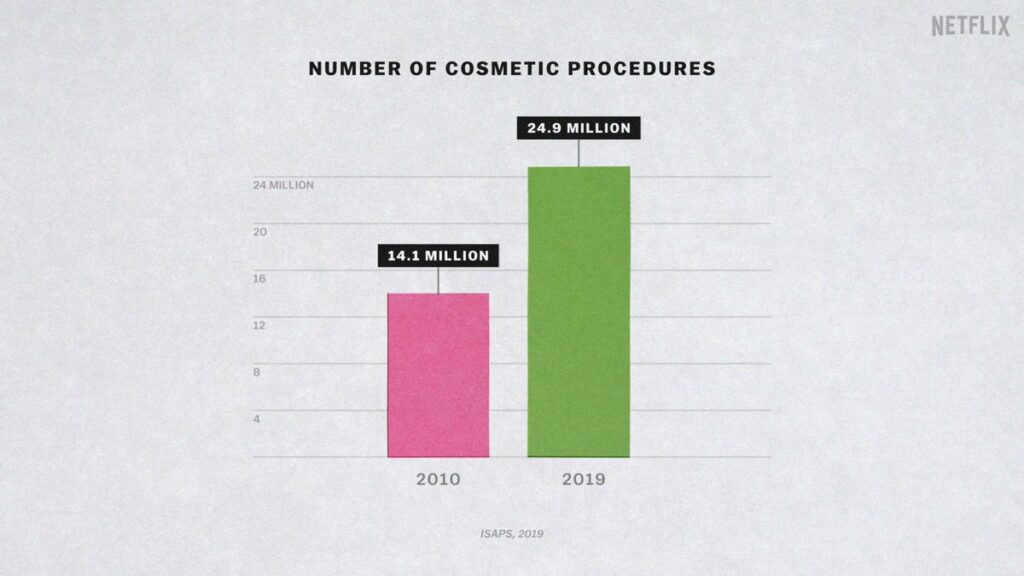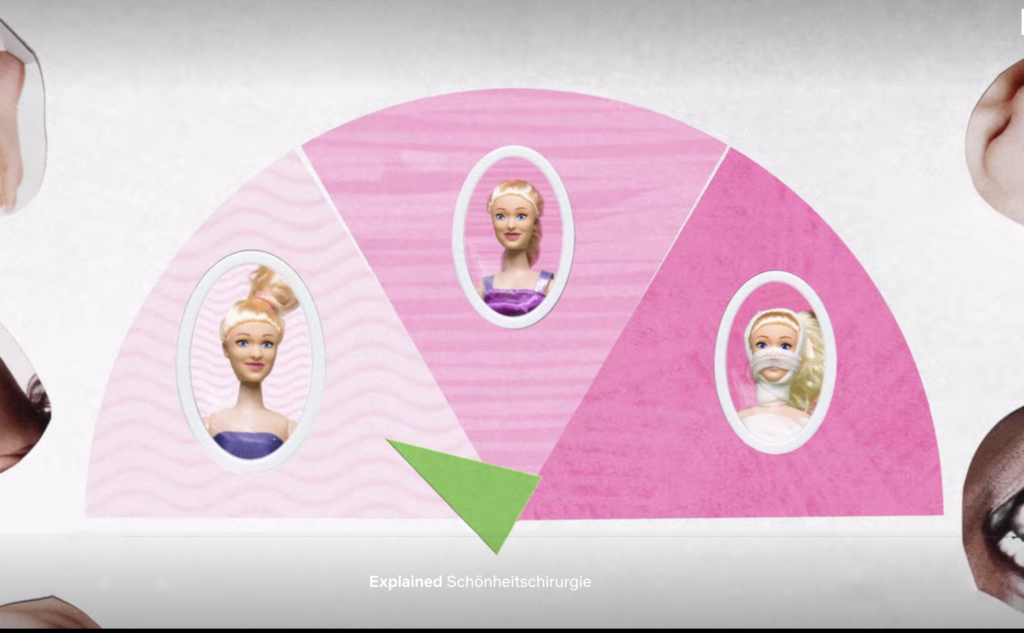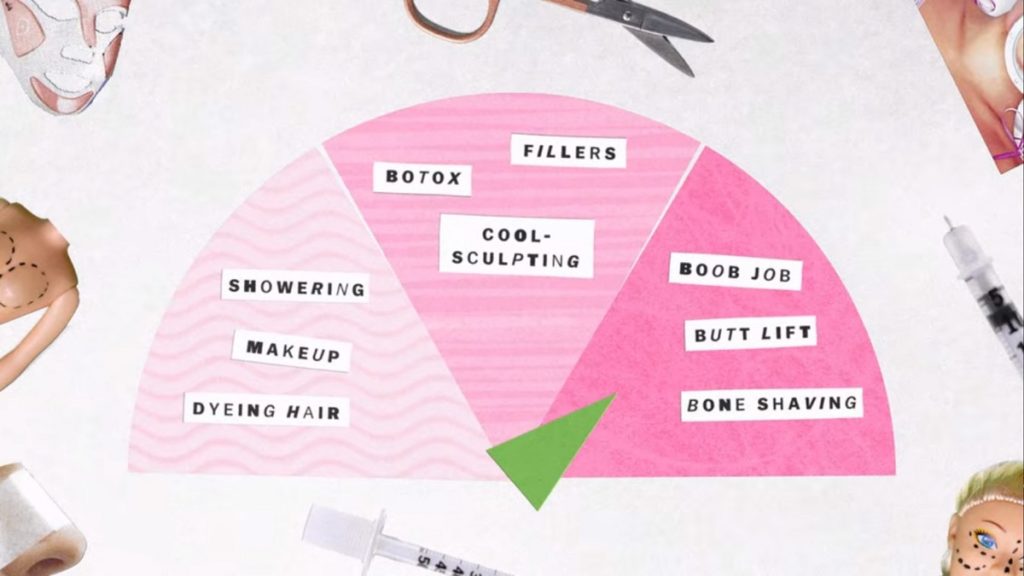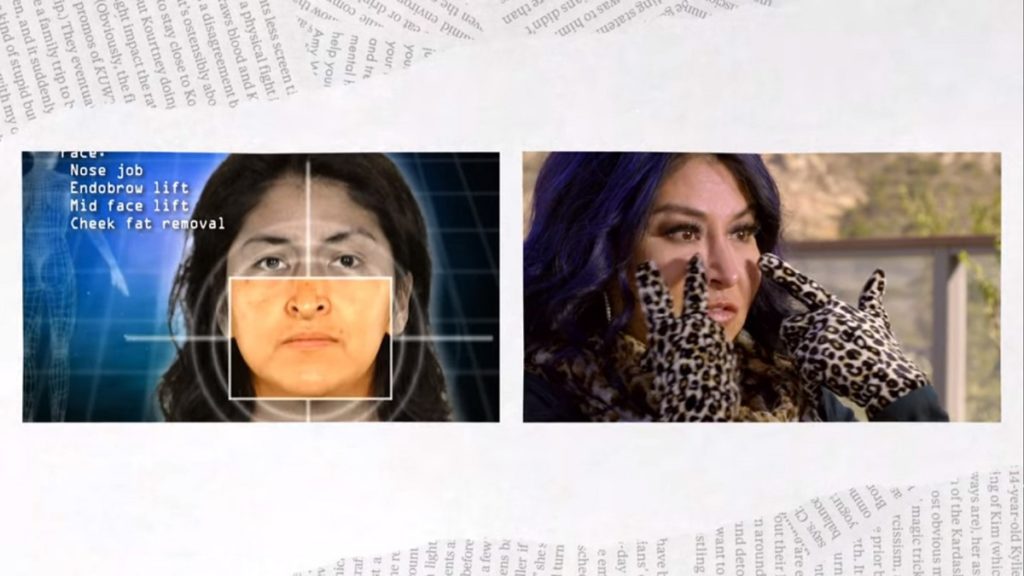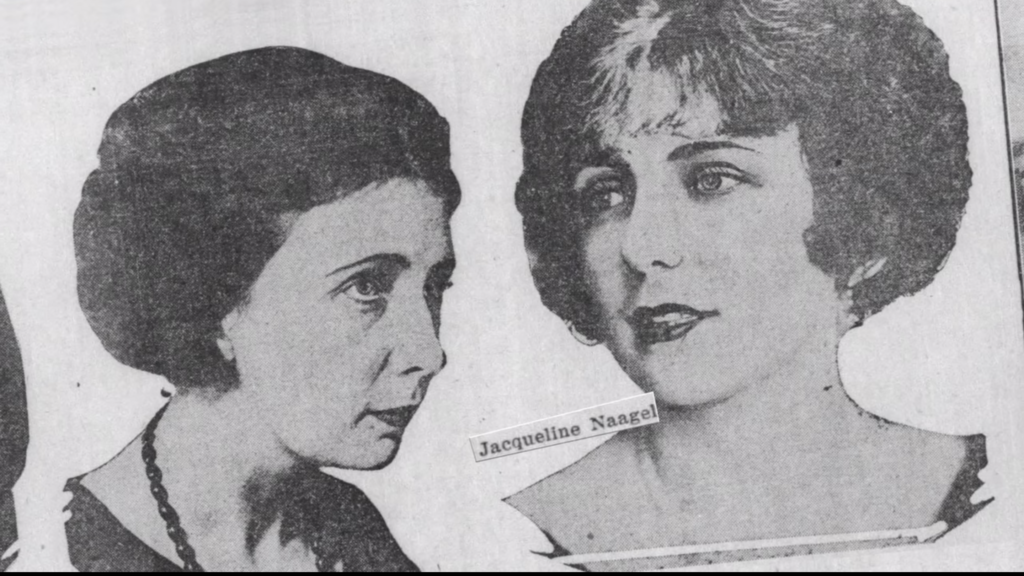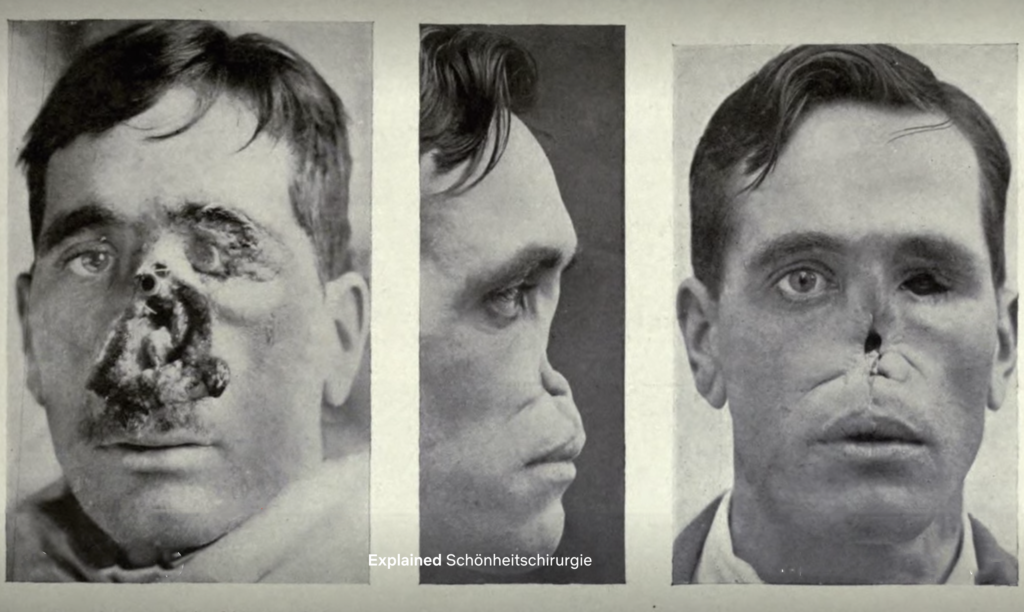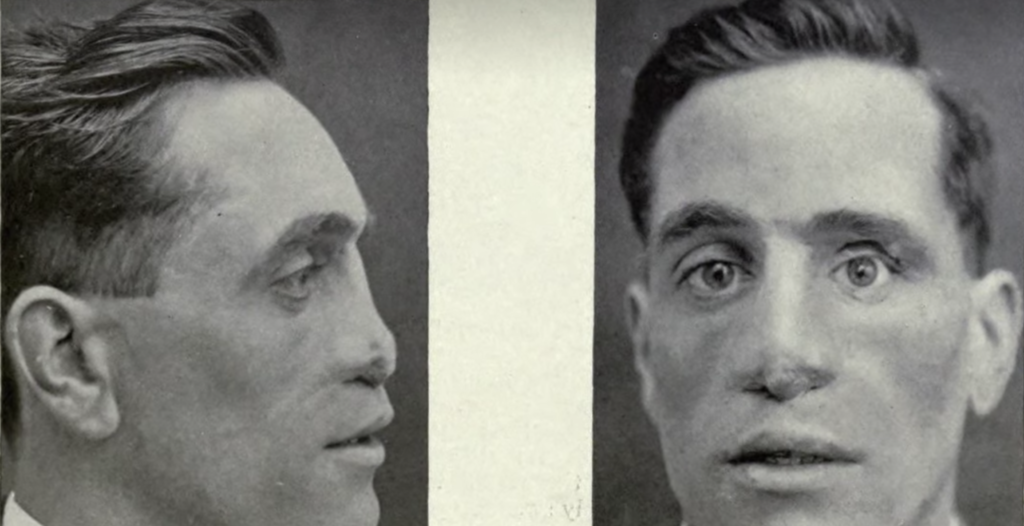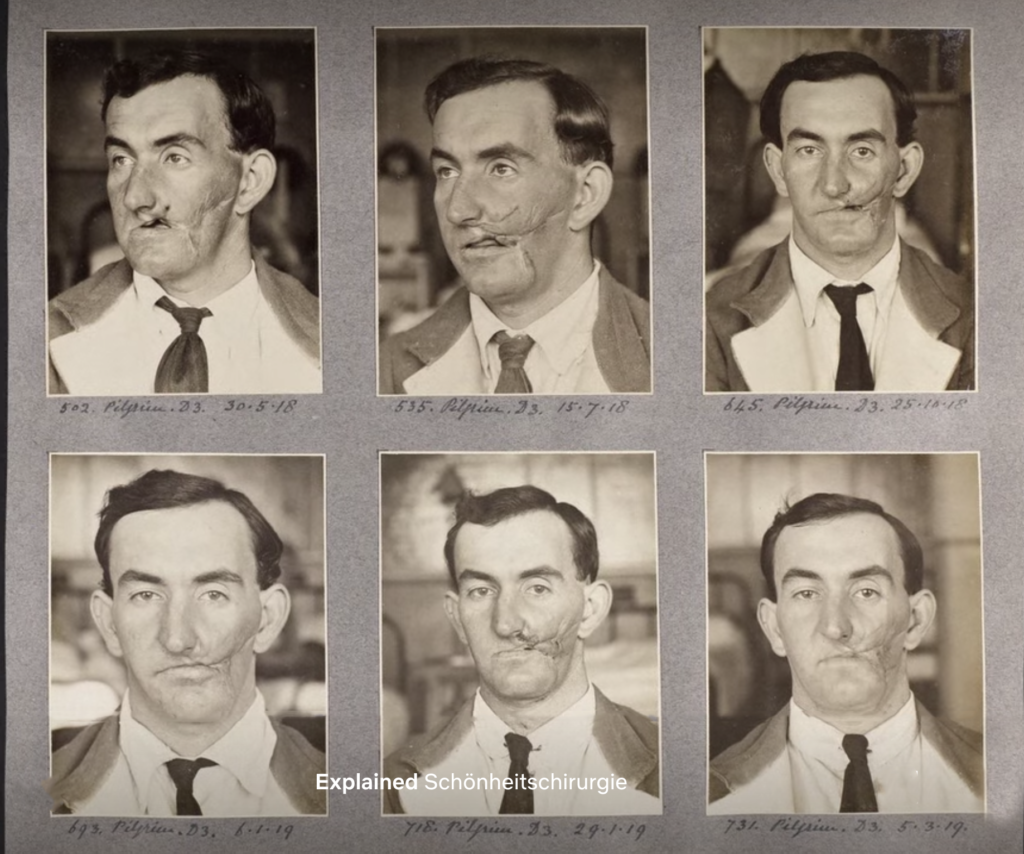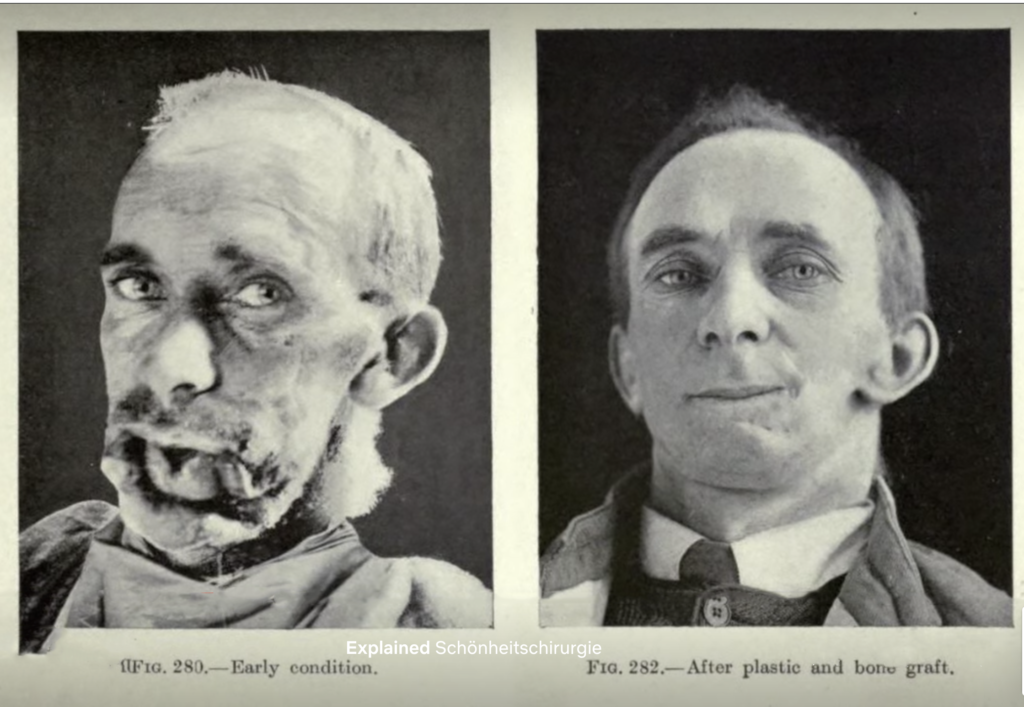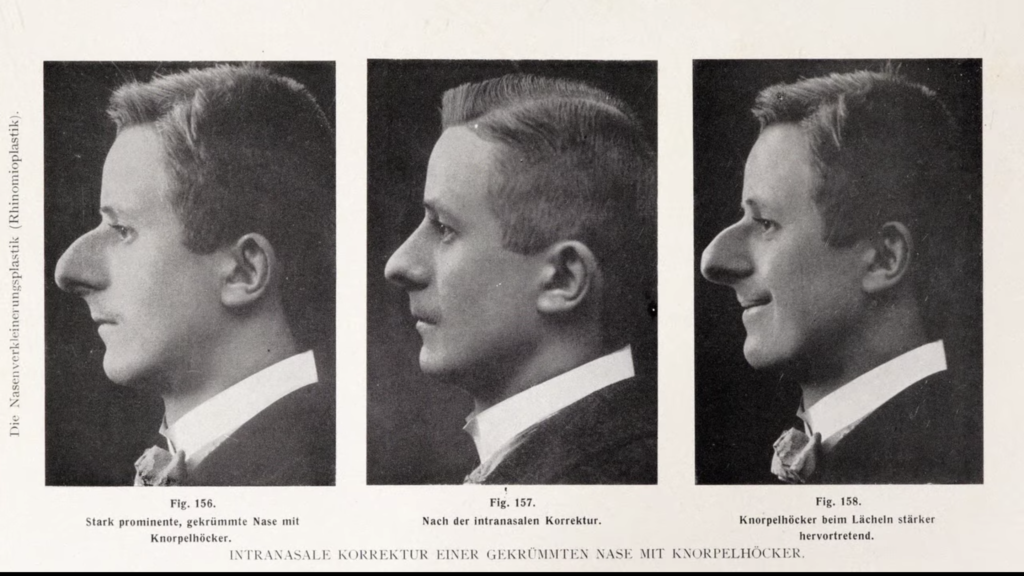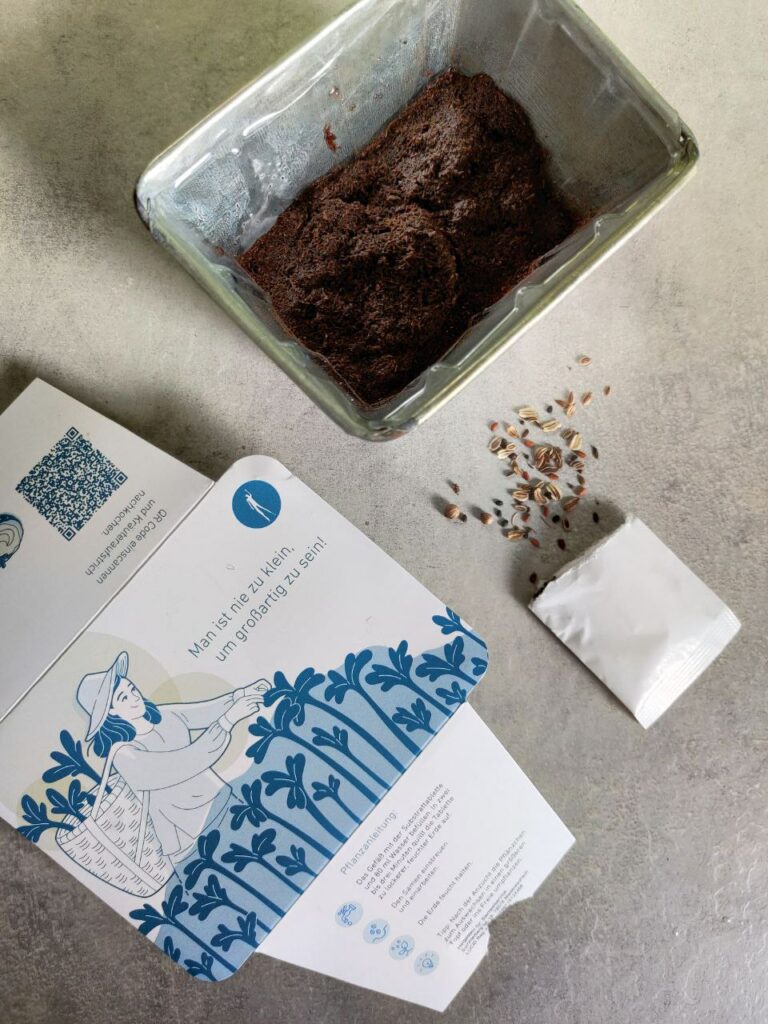Ich habe mir die Masterarbeit „Social Design Guide – Prozesse planen und begleiten“ von Jennifer Gallen ausgesucht. Die Arbeit wurde 2018 an der Hochschule München im Rahmen des Masterstudiengangs Advanced Design verfasst. Es geht um die Entwicklung von Konzepten zur Unterstützung von Social Design Projekten. Die Autorin stellt die Frage: „Wie können Personen dabei unterstützt werden, Social Design Projekte durchzuführen?“
Gestaltungshöhe
Ergebnis der Arbeit war das Konzept des Projekt- und Methodenschranks. Dieses wurde in eine umfangreiche und ständig wachsende digitale Ressource übersetzt, die strukturiert und sortiert alle Werkzeuge enthält, die das Lab für die Projektarbeit zur Verfügung stellt. Darüber hinaus gibt es den Social Design Guide, ein intelligentes Tool, das dabei hilft, sich in dieser Menge an Material zurecht zu finden und Projekte und Workshops zu planen. Der Entwurf wurde sehr sorgfältig ausgearbeitet und durch mehrere Iterationsschleifen mit den Personen, die das Konzept dann auch anwenden, optimiert.
Die Inhalte wurden als Website aufbereitet, deren Corporate Design auch auf das Social Design Lab der Stiftung übertragen wurde. In der Masterarbeit findet man Screendesigns, Prototypen, Corporate Design Guides, Personas, etc. Es wurde auch ein Social Design Guide entwickelt um das Starten von eigenen Projekten zu vereinfachen.
Der Prototyp der Website ist sehr ansprechend gestaltet und das Corporate Design, dass entwickelt wurde ist sowohl auf der Website, im Design Guide, im Social Design Lab und in der Masterarbeit selbst zu finden.
Innovationsgrad
Es wurde ein eigenes Toolkit und eine Übersicht über Social Design Methoden etwickelt, die dann einem Social Design Lab der Hans Sauer Stiftung zur Verfügung gestellt wurde. Folgende Fragen und Aspekte wurden für dieses Toolkit erarbeitet:
- Übersicht über Methoden
- Methodische Anleitungen
- Videos (zur Benutzung der Methoden)
- Hinweise zur Kombination von Methoden
- Templates für Workshop-Abläufe (verschiedene Längen)
- Beispiel-Abläufe von Workshops inkl. Methoden und Ergebnissen
- Workshop-Generator
- Beispiele, Case Studies (in Bezug zu Methoden gesetzt)
- Ein Prozess-Guide
- Gliederung nach Projektphase: „Wie finde ich erste Ideen?“ bis hin zu „Wie setze ich mein Projekt um?“
- Dos & Don’ts für wichtige Prozessschritte
- Nudging (Methoden und Know-How)
- Infos /Hilfe zu Gruppenprozessen
- Wie motiviert man die TN, danach weiter zu machen
Das ganze Konzept ist so ausgelegt, dass es den unterschiedlichen Ziel – gruppen gerecht wird. Für unerfahrene Nutzer gibt es die Möglichkeit, sich vom Guide komplett führen zu lassen. Personen mit Projekterfahrung und konkreten Vorstellungen können dagegen auch sehr selbstständig ihre Workshopkonzepte erstellen und lediglich auf die vorhandenen Vorlagen und Pläne zugreifen oder diese individuell anpassen. Für Social Design Interessierte ohne konkretes Projektvorhaben besteht die Möglichkeit zu stöbern und sich so durch die Fülle an Wissen und Werkzeugen zu klicken. Der Über – gang zwischen digital und analog ist fließend: Zu allen wichtigen Ressourcen gibt es auch Druckversionen, die wiederum durch die Online-Inhalte ergänzt werden. So findet kein Bruch zwischen den Medien statt.
Die Inhalte wurden als Website aufbereitet, deren Corporate Design auch auf das Social Design Lab der Stiftung übertragen wurde. Außerdem wurde ein Social Design Guide entwickelt, um das Erstellen eigener Projekte zu vereinfachen.
Meiner Meinung nach ist es ein sehr innovatives Projekt, da es sehr schwer ist sich in der Vielfalt der Methoden zurechtzufinden, recherchiert, welche für welchen Zweck in welchem Rahmen sinnvoll sind und die Ergebnisse dann so präsentiert, dass sie auch für Nicht-DesignerInnen verständlich und anwendbar sind.
Selbstständigkeit und Kommunikationsgrad
Es wurden bestehende Konzepte aus der Praxis untersucht und verglichen. Die Arbeit wurde in Kooperation mit der Hans Sauer Stiftung verfasst. Erarbeitete Konzepte sollen dort dann Anwendung finden. Um das zu erreichen hat die Autorin mehrere Workshops mit den MitarbeiterInnen der Stiftung durchgeführt, Feedbackschleifen und Bedenken wurden in den Entwurf miteingearbeitet und so das Toolkit iterativ verbessert und optimiert. Die Ergebnisse aus der Konzeptentwicklung ergaben, dass es für das Social Design Lab sinnvoll ist, eine umfangreiche, digitale Methoden- und Wissens-Sammlung aufzubauen, die gleichzeitig in die Strukturen des Labs eingebettet ist. Das Lab ist somit kompetenter Dienstleister für Social Design: Es hat das fachliche Know-How und die Werkzeuge und ist gleichzeitig persönlicher Ansprechpartner mit einem Netzwerk zur Unterstützung im Hintergrund. So kann sichergestellt werden, dass die Methoden auch tatsächlich genutzt werden und bei Unsicherheiten jederzeit der persönliche Kontakt zum Lab gesucht werden kann.
Die Autorin hat selbst mit den Inhalten ihrer Recherche eine Website erstellt sowie einen Social Design Guide entwickelt. Auch die Workshops, die mit der Stiftung veranstaltet wurden, wurden von ihr geplant, strukturiert und abgehalten.
Gliederung und Struktur
Die Arbeit Beginnt mit einer Einführung in das Thema Social Design, es werden verschiedene Aspekte von Social Design sowie die Rolle des Designers oder der Designerin behandelt. Danach geht es um die Methoden, die im Social Design verwendet werden. Dazu wird untersucht, um was für Methoden es sich handelt, welchen Bereichen sie zuzuordnen sind und wie sie strukturiert werden können.
Mithilfe dieser Recherche wurde dann eine praktische Arbeit geschaffen. Dieser Entstehungsprozess wird in der Arbeit in die Entwicklung des Konzepts und in das Ausprobieren des Entwurfes gegliedert. Prozessmodelle und Anforderungen an den Entwurf wurden gestellt und dann iterativ, in Kooperation mit den MitarbeiterInnen der Stiftung optimiert.
Ein weiterer Teil der Arbeit beschäftigt sich mit der Website, die erstellt wurde um die Inhalte aufzubereiten. Danach findet man noch Informationen zu einem Social Design Guide, der auch im Rahmen der Masterarbeit entwickelt wurde sowie einem Ausblick, was die nächsten Schritte wären und wie man das Projekt weiterführen und noch genauer testen und ausarbeiten könnte.
Die Arbeit ist sehr übersichtlich gegliedert. Um das erarbeitete Konzept vollständig verstehen und anwenden zu können, ist kein Hintergrundwissen notwendig, möchte man jedoch die Entwicklung des Konzeptes nachvollziehen können, ist die theoretische Recherche zu Beginn der Arbeit eine große Hilfe.
Umfang der Arbeit
Insgesamt hat die Arbeit 86 Seiten, wobei der Theorieteil, die Recherche und die Erarbeitung des Konzeptes den größten Teil in Anspruch nehmen. Diese Bereiche wurden sehr sorgfältig und detailliert ausgearbeitet. Danach sind noch die Werkstücke wie der Prototyp der Website sowie der Social Design Guide zu finden. Hierbei handelt es sich um Screenshots und Screendesigns, die ebenfalls sehr ins Detail gehen. Mir persönlich erscheint die Arbeit um einiges umfangreicher als die Masterarbeiten, die ich von der FH Joanneum kenne.
Orthographie, Sorgfalt und Genauigkeit
Mir persönlich sind keine Fehler aufgefallen, sowohl die inhaltliche als auch die visuelle Gestaltung sind einwandfrei. Gerade was die Recherche und die Methodik sowie die Erarbeitung des Konzeptes betrifft war ich sehr beeindruckt von der Professionalität, Genauigkeit, Sorgfalt und der detailreichen Ausarbeitung und Erstellung.
Literatur
Es wurde sowohl Literatur aus der Designtheorie und Designforschung sowie auch aus den Sozialwissenschaften verwendet. Das Literaturverzeichnis umfasst 42 Literaturquellen. Viele der Literaturquellen könnten auch für meine Arbeit sinnvoll sein, weshalb ich froh bin, diese Arbeit analysiert zu haben.


